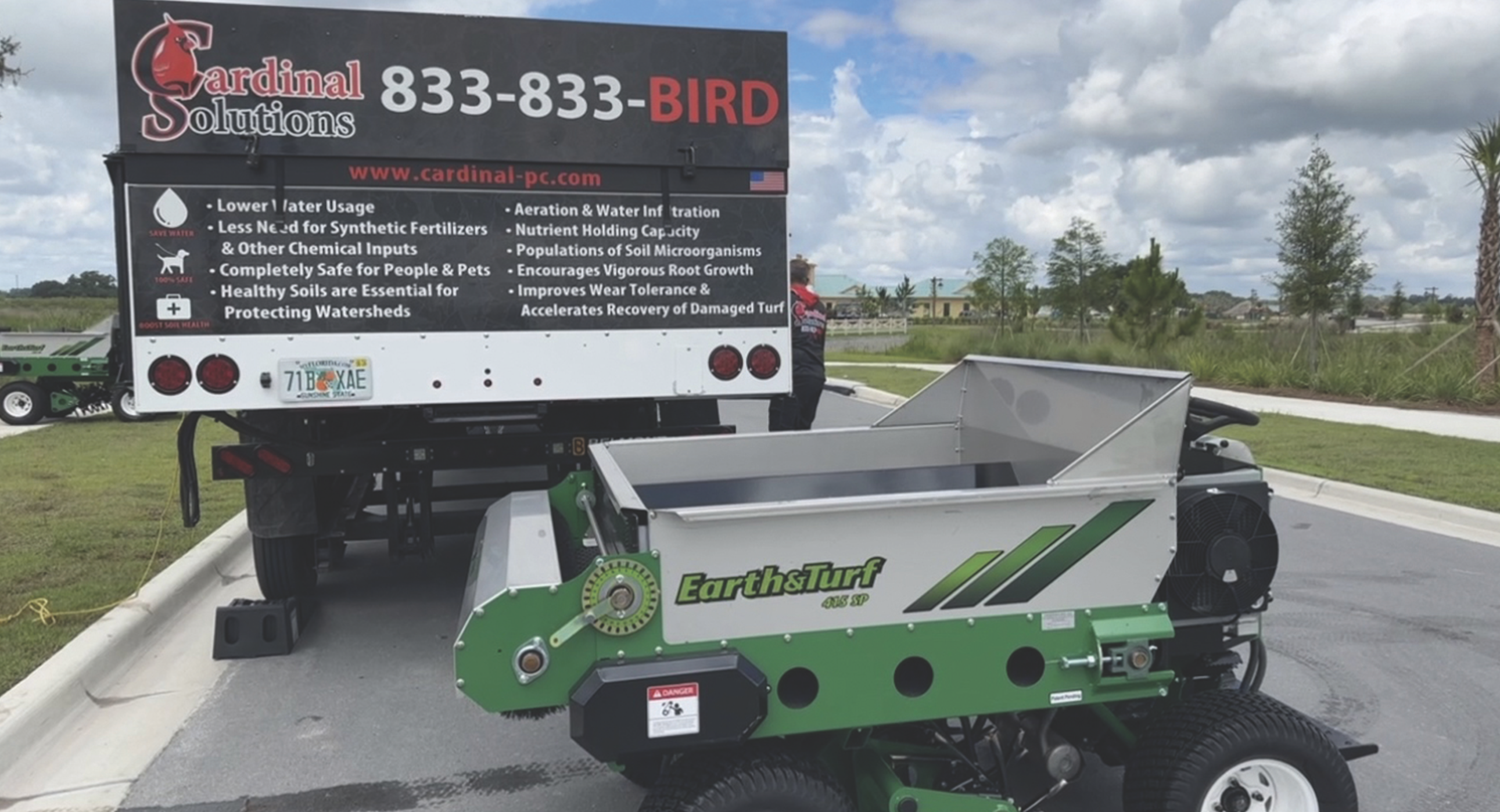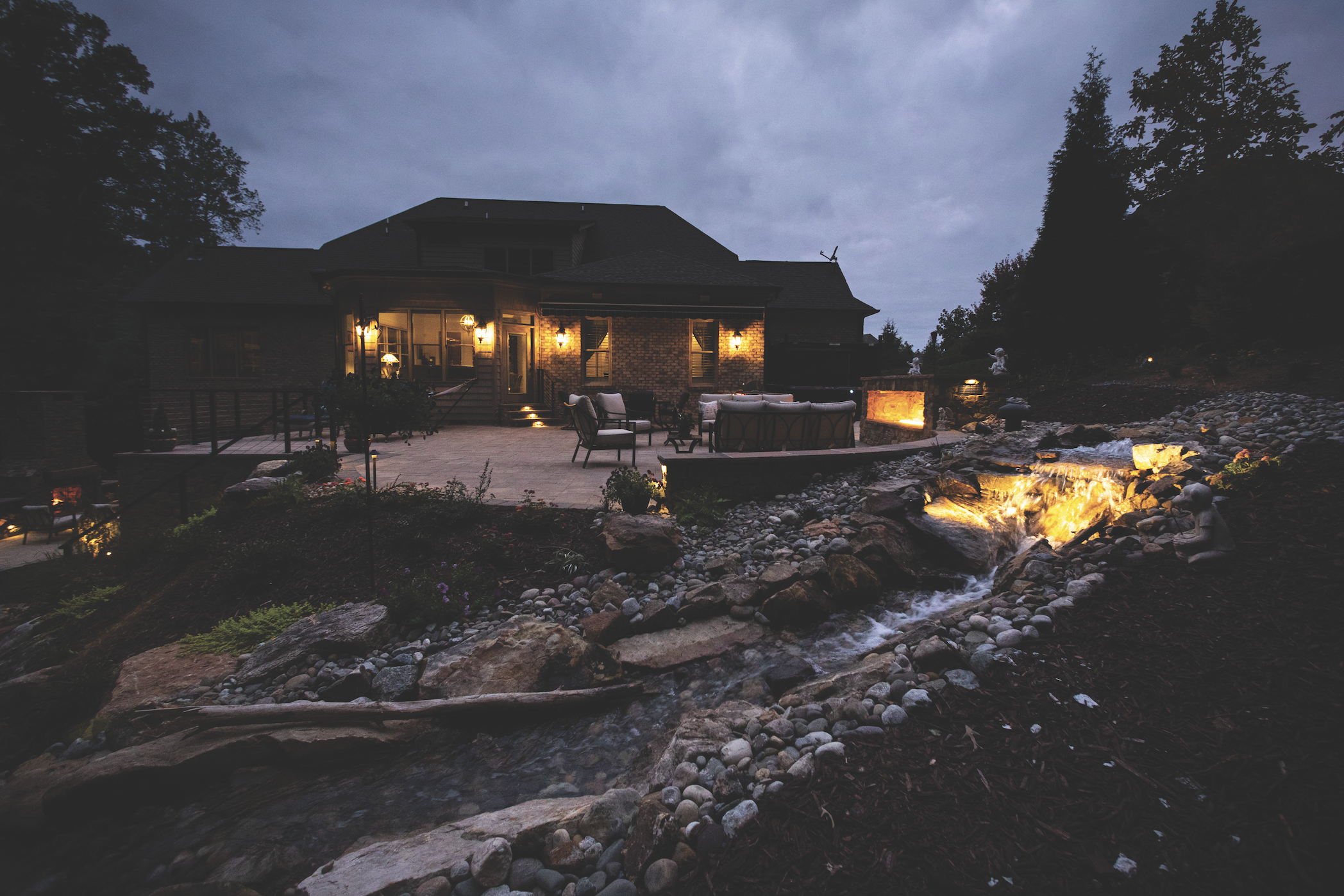Faster Work, Stronger Landscapes
Reviving Florida Soil, Saving Water, Keeping Employees Safe & Doubling Revenues with Mulch Mate
Daniel Smith Explains the Realities of Recycled Water Use in Turf & Landscape
By Daniel Smith
.png?width=229&height=290&name=Park%20West%20(4).png) As a professional landscape water manager and contractor over the last 13 years, I’ve learned the realities of recycled water use for turf and landscape in both positive and negative considerations. The use of recycled water for landscape purposes has been highly researched, designed, implemented and maintained since its inception in Florida around 1977 and in California in the early 1990s. The use of purple to represent recycled water has now become an international standard to separate these water systems from potable and gray water. The public has responded well to its overall use for agricultural human consumption and landscape applications. The use of recycled water has allowed our large, lush California landscapes to continue to exist. In our warmer climates, irregular, ineffective and insufficient rainfall has drastically changed our approach to landscape and irrigation designs. Recycled water has helped many communities, schools, municipalities and homeowners’ association landscapes survive extended periods of drought, while also keeping their total water costs significantly lower than if using potable water.
As a professional landscape water manager and contractor over the last 13 years, I’ve learned the realities of recycled water use for turf and landscape in both positive and negative considerations. The use of recycled water for landscape purposes has been highly researched, designed, implemented and maintained since its inception in Florida around 1977 and in California in the early 1990s. The use of purple to represent recycled water has now become an international standard to separate these water systems from potable and gray water. The public has responded well to its overall use for agricultural human consumption and landscape applications. The use of recycled water has allowed our large, lush California landscapes to continue to exist. In our warmer climates, irregular, ineffective and insufficient rainfall has drastically changed our approach to landscape and irrigation designs. Recycled water has helped many communities, schools, municipalities and homeowners’ association landscapes survive extended periods of drought, while also keeping their total water costs significantly lower than if using potable water.
.png?width=254&height=341&name=Park%20West%20(1).png) While the challenges with recycled water use are not new, the landscape industry has had to adopt new strategies, tools and specialty materials to offset the actual organic and inorganic makeup of this chlorinated water. Several recent industry changes have forced landscape architects, contractors and water managers to progressively reassess our design and material selection efforts to ensure the irrigation systems and plant health goals and expectations are met, while also meeting client expectations concerning the landscape and irrigation system’s useful life, general plant aesthetics and ongoing maintenance costs. While utilizing higher quality filtration methods than typically found on potable systems has been implemented since recycled water inception, other technologies such as fertigation systems, automatic filtration flush systems and even soil amendments such as gypsum are now becoming standard operating procedures. With the introduction of high efficiency products such as drip line and rotary nozzles, the overall quality of recycled water is beginning to be further scrutinized, and expectations to improve the water quality concerning total dissolved solids and minerals are starting to gain traction among both the agricultural and landscape industries.
While the challenges with recycled water use are not new, the landscape industry has had to adopt new strategies, tools and specialty materials to offset the actual organic and inorganic makeup of this chlorinated water. Several recent industry changes have forced landscape architects, contractors and water managers to progressively reassess our design and material selection efforts to ensure the irrigation systems and plant health goals and expectations are met, while also meeting client expectations concerning the landscape and irrigation system’s useful life, general plant aesthetics and ongoing maintenance costs. While utilizing higher quality filtration methods than typically found on potable systems has been implemented since recycled water inception, other technologies such as fertigation systems, automatic filtration flush systems and even soil amendments such as gypsum are now becoming standard operating procedures. With the introduction of high efficiency products such as drip line and rotary nozzles, the overall quality of recycled water is beginning to be further scrutinized, and expectations to improve the water quality concerning total dissolved solids and minerals are starting to gain traction among both the agricultural and landscape industries.
.png?width=305&height=385&name=Park%20West%20(6).png)
.png?width=342&height=385&name=Park%20West%20(5).png)
(Left) Lid of a basket strainer with significant iron/mineral buildup and corrosion;
(Right) Lid of a basket strainer damaged by corrosive debris buildup
As landscape architects and water managers, we must acknowledge two significant factors:
.png?width=229&height=306&name=Park%20West%20(3).png)
.png?width=231&height=305&name=Park%20West%20(7).png)
.png?width=243&height=305&name=Park%20West%20(2).png)
(Left) Yardney Maxi-Clean Screen Filter Assembly (below-grade); (Middle) Yardney Maxi-Clean Screen Filter with typical sand, silt and organic debris; (Right) Hunter MP Rotator Nozzle and Screen showing organic debris buildup
Daniel Smith is the Director of Water Management at Park West Companies.

Reviving Florida Soil, Saving Water, Keeping Employees Safe & Doubling Revenues with Mulch Mate
 Read More
Read More